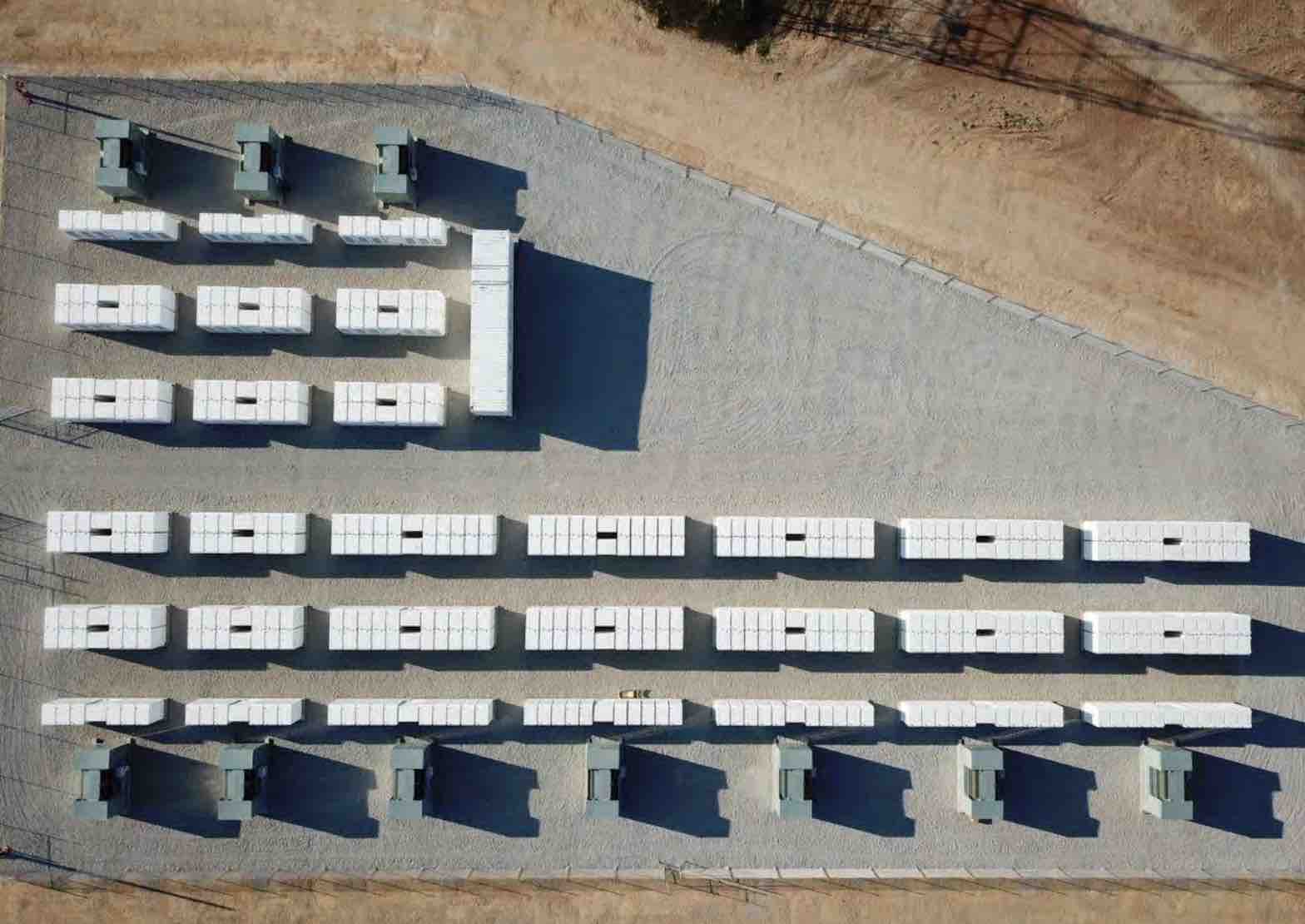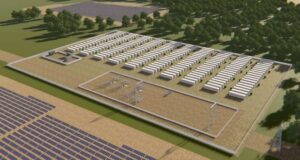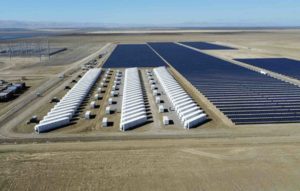Victoria’s Labor government will help fund two new big batteries and grid forming inverters to kick off its Australia-first plan to target 2.6GW of new energy storage capacity for the state by 2030, and a huge 6.3GW of energy storage by 2035.
The Andrews government on Tuesday announced plans to legislate what it says would be the biggest energy storage targets in Australia, alongside a $157 million funding package to boost Victoria’s shift to renewable energy and away from coal.
The targets, announced two months ahead of the November 26 state election, will see Victoria will aim for 2.6 gigawatts (GW) of renewable energy storage capacity by 2030, and then 6.3GW of storage by 2035, if the Labor government is re-elected.
The government says the new storage targets aim to bring online both short and long-duration energy storage systems – including technologies that can hold more than eight hours of energy – taking in batteries, pumped hydro and hydrogen technologies.
More than just big batteries
“The legislation the targets will be setting will be conscious of the need for a combination of duration for storage, short term duration, but also long term duration,” state energy minister Lily D’Ambrosio said at a press conference on Tuesday morning.
“There are batteries on the market that can give you up to eight hours of discharge. But then it’s not just about batteries. It’s also about using pumped hydro, for example. … All of these technologies are going to be very important for us to develop.
“These targets will enable us to help facilitate the evolution and development of other technologies that will serve both short term needs in terms of energy storage and dispatch, and the longer-term,” D’Ambrosio said.
“Us providing a legislative target [for energy storage] gives certainty that tells the market what is needed for a better future,” said premier Daniel Andrews.
“Plus, grant funding for seed projects put money on the table that sends the clearest best message to private sector investors to be part of this important transformation of our energy from expensive, dirty energy through to a clean energy, low cost future.
“There’s no question that renewable energy is the cheapest form of energy, and that’s what we’re investing in more than any other part of our nation,” Andrews said.
New big batteries for the Murray River REZ and in Terang
First up, the government is investing $119 million from the $540 million Renewable Energy Zone Fund in a new 125MW/250MWh big battery and grid forming inverter between Bendigo and Red Cliffs, in the state’s north west.
The Koorangie Energy Storage System (KESS), a new lithium-ion battery to be located in the Gannawarra Shire Council and connected to AusNet’s 220kV transmission network, will be delivered by Edify Energy to provide system support services to the Murray River Renewable Energy Zone (REZ).
In a System Support Agreement with the Australian Energy Market Operator, Edify says the battery will augment the renewable hosting capacity of the Murray River REZ by up to 300MW, through the provision of system strength to improve network stability.
It will also use grid forming inverters to provide the services, while not compromising on its ability to continue to perform an energy market and market ancillary services function. Commercial operations are to commence in 2025 with a contract term of 20 years.
See more details here: Two new “grid forming” batteries and an electrolyser: Victoria races to replace coal
D’Ambrosio says this new, “modern” battery technology will help implement the state’s new energy storage targets and support a smooth transition to 50 per cent by 2030 and net-zero by 2050.
In a further announcement on Tuesday, the Andrews government said it would funnel $38.2 million from the Energy Innovation Fund (EIF) into four clean energy projects.
This includes $7 million for a 100MW/200MWh battery to be built by FRV in Terang, $19.3 million for two bioenergy projects at farms in Gippsland and Barwon, and $11.9 million for Yarra Valley Water to install an electrolyser to make renewable hydrogen using recycled water in Wollert.
Victoria’s battery progress so far
Victoria is already home to the largest battery in the Southern Hemisphere – the Victorian Big Battery – a 300MW battery just outside Geelong.
Another 240MW/480MWh project is being proposed by renewable energy developer Maoneng for the Mornington Peninsula.
Other big battery plans for Victoria include the Hazelwood Battery – a 150MW/150MWh facility being proposed by French energy giant Engie and Macquarie’s Green Investment Group at the site of the now closed brown coal generator.
Elsewhere, Tilt Renewables has proposed a 196MW/392MWh battery project in Terang, just east of the existing Terang Terminal Station.
See RenewEconomy’s Big Battery Storage Map of Australia
Jobs and investment
“Victoria is already the renewable energy capital of Australia, and now, we’ll have the biggest energy storage targets in the country too,” said premier Daniel Andrews.
“We’ve cut emissions by more than any other state, tripled the amount of renewable energy and created thousands of jobs. We’re not just talking about climate action – we’re getting on with it.”
Energy minister D’Ambrosio said the energy storage targets would deliver up to 12,700 jobs and unlock $1.7 billion in investment from 2023 to 2035.
“Most importantly, they’ll save Victorian families money on their energy bills, and slash our state’s emissions for generations to come,” D’Ambrosio said.
A boon for investors and another nail in the coffin for coal
The Clean Energy Council on Tuesday welcomed the news of the proposed energy storage targets as both a boon for investors and the latest recognition of the need to accelerate the state’s exit from coal.
Victoria has three remaining coal-fired power plants, Alinta Energy’s Loy Yang B, due to close in 2046, AGL Energy’s Loy Yang A plant, currently slated for closure in 2045, and EnergyAustralia’s Yallourn power station which will close in mid-2028.
“The significant jump in storage planned between 2030 and 2035 is the latest recognition that Victoria’s remaining coal generators are unlikely to last much beyond 2030,” said Clean Energy Council chief Kane Thornton.
“Ensuring adequate energy storage is in place ahead of those retirements is sensible planning by the Victorian Government.
“By committing to delivering on big targets for energy storage, the Victorian Government is sending a critical signal that will help bring much-needed investment to the state,” Thornton said.
Australia’s other political leaders should take note
Environment Victoria CEO Jono La Nauze says the Victoria Labor government’s example should inspire similar energy targets in other states and territories, as well as a national target from the Albanese government.
“Energy storage is one of the crucial missing pieces in Australia’s transition to 100% clean energy,” La Nauze said.
“Until now, however, there has been no overarching plan to coordinate public and private investment in storage capacity at either at the state or federal level.”










